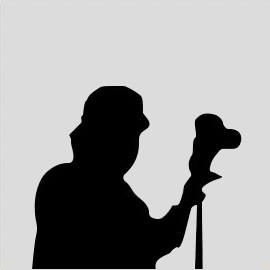0 Likes
The museum presents beautiful sculptures and fine masonry. At the same time we try to explain, how these products have been made - and who did it. Fossils in Baumberger sandstone
...





The Münsterland is a region in northern North Rhine-Westphalia and in the northwestern with the city of Münster as a Westphalia center. It can vary depending on the context, narrow, forming a rough framework of the Teutoburg Forest in the northeast, the lip in the south and the Dutch border in the west.As a historical region of the Münsterland is in the tradition of the Bishopric of Münster, temporal dominion of the former Bishop of Munster. In addition are summarized today as the region Münsterland circles Borken, Coesfeld, Steinfurt, Warendorf and the county-Munster, operate their cooperation and joint activities, often under the concept. Landscape is known as the northern part of the Westphalian Münsterland bay. The respective areas are largely, but not completely identical.The population's awareness of the region is strong and orients itself more to the historical boundaries. Combining work alongside the long common history, especially the predominant Catholic confession, and the Low German language in the form of Münsterländer Platt.Most rural structure, and specific cultural landscape features, such as the many park-like landscape and the numerous moats represent, represent additional regional peculiarities There is also a significant commitment to Munster, which forms in cultural, intellectual and economic terms has always been the dominant focus.